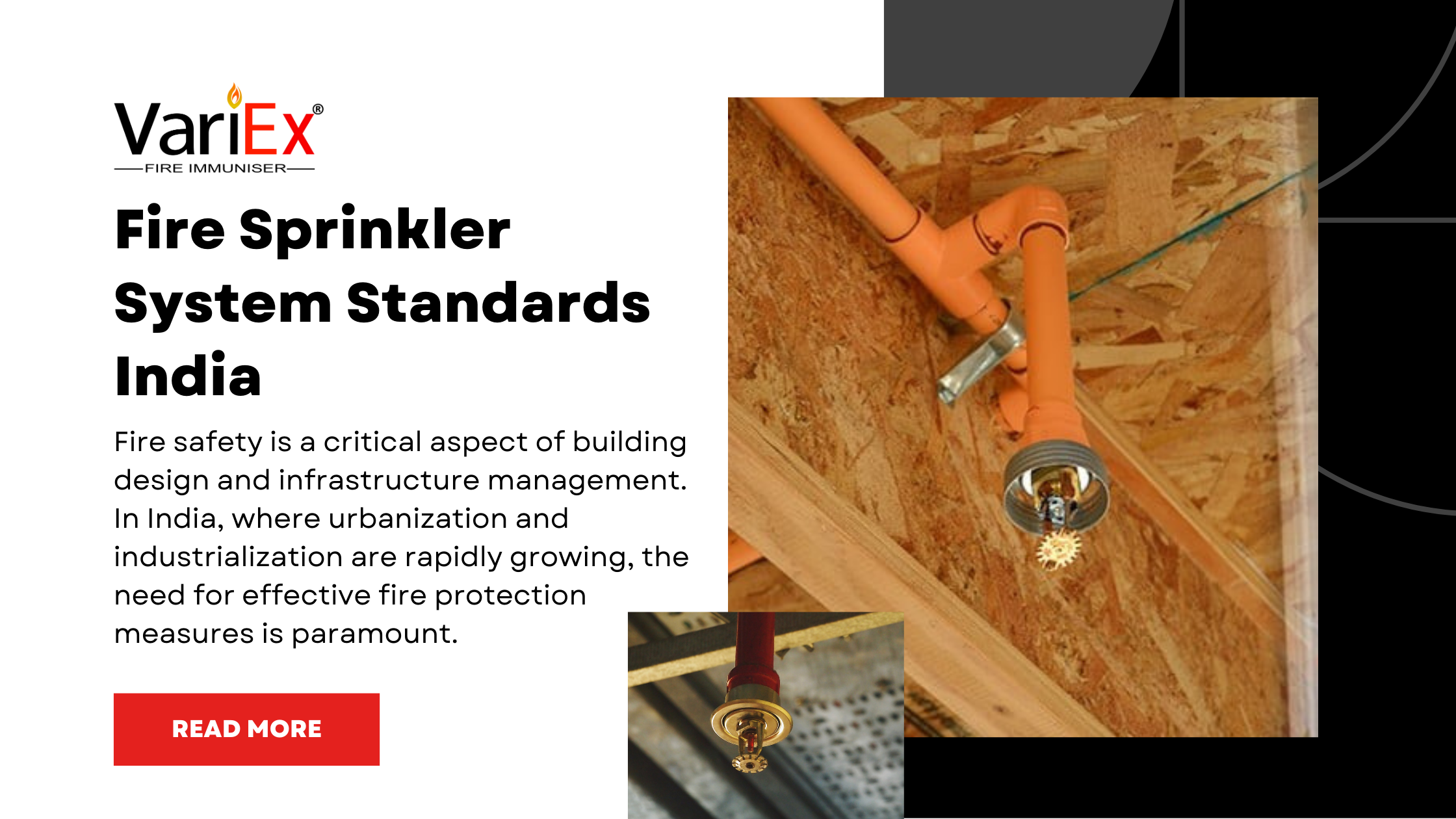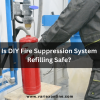![]()
Fire Immuniser
+91-7829629111
Email: info@variex.in
Varistor Technologies Pvt. Ltd.
Block-1, First Floor, Ardente Office One, Hoodi Circle, ITPL Main Road, Bengaluru, Karnataka 560048, IN
Fire Sprinkler System Standards India
Frequently Asked Questions
Fire sprinkler system standards in India are guidelines and specifications set by regulatory bodies such as the Bureau of Indian Standards (BIS) and the National Building Code (NBC). These standards, such as IS 15105, outline requirements for the design, installation, testing, and maintenance of fire sprinkler systems to ensure effective fire protection in buildings.
Fire sprinkler system standards are important for ensuring the safety of occupants and property in buildings. They establish criteria for the proper design, installation, and maintenance of fire sprinkler systems, which are crucial for controlling and suppressing fires in their early stages, thus preventing their spread and minimizing damage.
Fire sprinkler system standards cover various aspects, including design criteria, installation guidelines, material specifications, testing procedures, and maintenance requirements. They address factors such as water supply, sprinkler head spacing, piping materials, system zoning, and performance criteria for sprinkler components.
Fire sprinkler system standards in India are enforced by regulatory authorities at the national, state, and local levels. These authorities, including municipal corporations, fire departments, and building control agencies, oversee compliance with standards during the building plan approval process, construction, and occupancy stages.
IS 15105 is a standard developed by the Bureau of Indian Standards (BIS) specifically for fire sprinkler systems in India. It prescribes specifications and requirements for the design, installation, testing, and maintenance of fire sprinkler systems to ensure their effectiveness in suppressing and controlling fires.
Final Say
At VariEx.in and VariexOnline.com, we specialize in supplying and installing top-quality fire fighting systems and equipment. From fire extinguishers to advanced suppression systems, we offer comprehensive solutions tailored to your needs. Our experienced team ensures precise installation and maintenance for optimal safety.
Trust VariEx for reliable fire protection. Contact us online or call 7829629111 to learn more.











